Smithsonian Conservation Biology Institute NEON (SCBI) Soil Descriptions
Distributed Soils Reports
Pedon Descriptions
Pit‐level observations and field measurements reported using the standard NRCS format. They contain volume estimates for coarse fragments > 20 mm where applicable.
Site Level Plot Summary
A narrative summary that places the sampled soil pedons in the broader context of soils and geomorphology for the entire NEON site.
Megapit Images
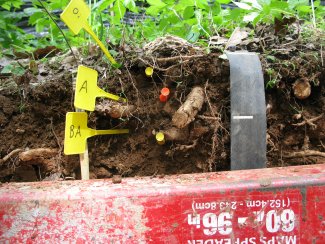
D02 SCBI megapit soil profile 0-17 cm
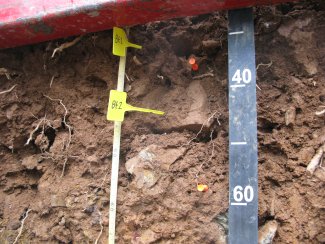
D02 SCBI megapit soil profile 28-66 cm
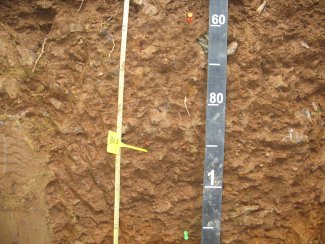
D02 SCBI megapit soil profile 53-114 cm
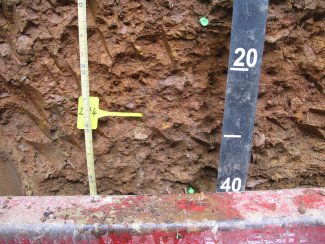
D02 SCBI megapit soil profile 110-143 cm
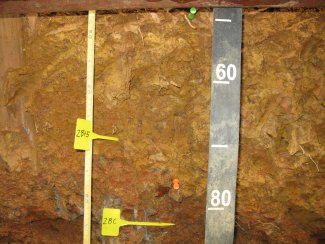
D02 SCBI megapit soil profile 146-188 cm
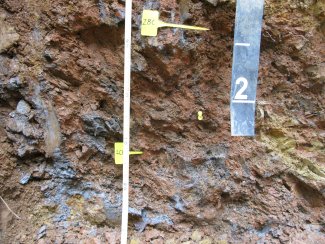
D02 SCBI megapit soil profile 182-200 cm
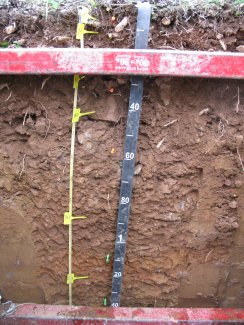
D02 SCBI megapit soil profile 0-140 cm
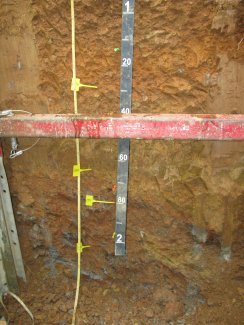
D02 SCBI megapit soil profile 97-200 cm
Megapit Pedon Description
| Print Date | May 10 2016 |
|---|---|
| Description Date | Jun 19 2012 |
| Site ID | S2012FL107001 |
| Pedon ID | S2012FL107001 |
| Lab Source ID | KSSL |
| Lab Pedon # | 12N7948 |
| Soil Name as Described/Sampled | Astatula |
| Classification | Hyperthermic, uncoated Typic Quartzipsamments |
| Taxon Kind | series |
| Geomorphic Setting | None Assigned |
| Description origin | NASIS |
| County | Putnam |
| Std Latitude | 29.6882139 |
| Std Longitude | -81.9934250 |
| Latitude | 29 degrees 41 minutes 17.57 seconds north |
| Longitude | 81 degrees 59 minutes 36.33 seconds west |
| Description database | KSSL |
| Horizon Details |
A--0 to 7 centimeters (0.0 to 2.8 inches); dark grayish brown (10YR 4/2) sand; weak granular structure; very friable; few medium roots and few fine roots; few charcoal particles; clear smooth boundary. Lab sample # 12N02700 Bw1--7 to 28 centimeters (2.8 to 11.0 inches); brown (10YR 5/3) sand; single grain; loose; few medium roots and few fine roots; few charcoal particles; clear smooth boundary. Lab sample # 12N02701 Bw2--28 to 125 centimeters (11.0 to 49.2 inches); brownish yellow (10YR 6/6) sand; single grain; loose; few medium roots; few charcoal particles; gradual smooth boundary. Lab sample # 12N02702 Bw3--125 to 200 centimeters (49.2 to 78.7 inches); reddish yellow (7.5YR 6/8) sand; single grain; loose; few charcoal particles. Lab sample # 12N02703. Assessed by use of auger from the bottom of the pit: well expressed redoximorphic features (concentrations and depletions) at 340 cm; slight pick-up in clay at 354 cm. |
Credits: This megapit soil pedon description was generously created by USDA Natural Resource Conservation Service staff, with particular thanks to Larry West, Jon Hempel, and numerous field staff.